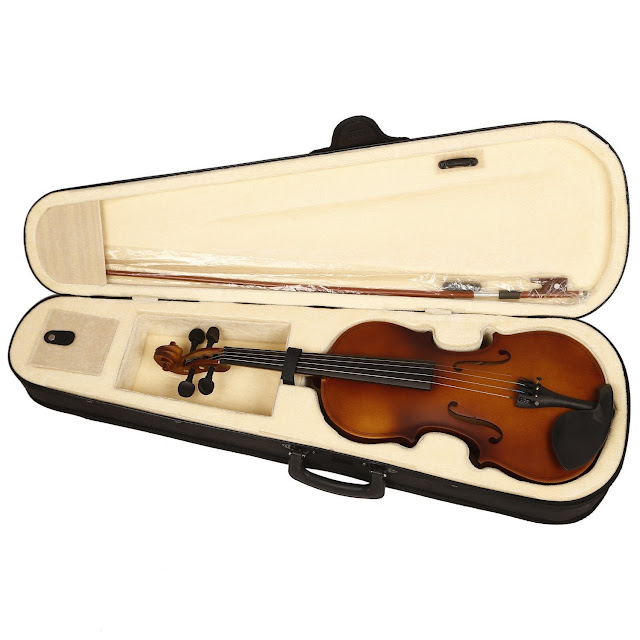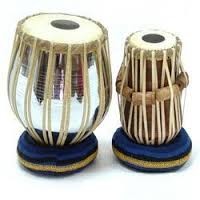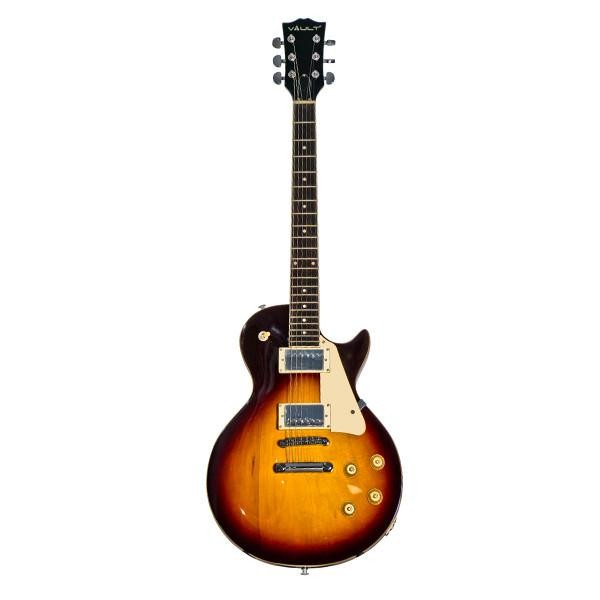The Background Of The Electric Drum Kit
From the times of ancient man to the present day, from
childhood until old age, humans have always appreciated music. We are creative
beings and producing a noise - whether it is individually, as a group or as
part of a choir - asserts our identity and place in the world.
http://rhythmandmelodyshop.com/drums-percussion/electronic-drum-kit.html
Throughout the history of our civilization, instruments
which help us to make this music have been evolving. Early instruments were
made from natural material such as wood or rock which then evolved to metal and
string. We are now in the electronic and digital age and so many of our
instruments are connected to a source of electricity in the production and
recording of sound.
Amongst the earliest instruments is the drum. Drums were
used in the tribal groups and in the gatherings of our ancestors. This percussion
instrument gathered armies and heralded key moments in the festivals of ancient
humanity such as war, marriage and death. Whilst the essential action of using
the arm or the leg to hit a surface has not changed, the technological
advancements of the instrument over the years have been dramatic.
http://rhythmandmelodyshop.com/drums-percussion/electronic-drum-kit.html
Today, you can choose between two types of drum sets: the
acoustic drums and the increasingly popular electric drum kits. There have been
huge advancements and improvements to both types, enhancing the produced sound
and enjoyment of playing. Whether you play professionally or as a hobby,
electric drum kits are widely recognised as a good option when deciding which
type to choose.
The electronic drum mimics the acoustic drum kit in use and
sound. However, it also in these points that the difference begins: rather than
a regular drum, which sends sound waves into the environment, electric drum
kits are a set of pads with a rubber or cloth coating. Beneath this layer is a
sensor that is struck to generate an electric signal, which then travels down
cables to an electronic unit which reproduces the corresponding sound.
The first electronic drum kit was developed in the 1970s by
drummer Graeme Edge and by Brian Groves, a professor at the Sussex University.
Later in the same decade, the electronic drum entered the commercial market
although this was not an overwhelmingly popular move - drummers said that the
early electronic sound was too thin, trashy and lacking the powerful resonance
of the acoustic drum. However, in the 1980s there was a take-up of the electric
drum with the emergence of famous bands and groups who proudly used electric
drum kits. It is at this time that the popularity of the electric drum
developed, with manufacturers beginning to replicate them for the everyday
drummer.
Possibly the greatest development was in the 1990s when
developments in technology allowed for the removal of the rubber-coating on the
pads, and enabled the use of mesh-head pads instead. The woven mesh had more
sensors so when this new surface was struck the sound was tighter, crisper and
better quality. The last few years have seen a movement towards addressing the
disadvantages of electric drum kits so that they are now becoming as popular as
the acoustic drum.




Comments
Post a Comment